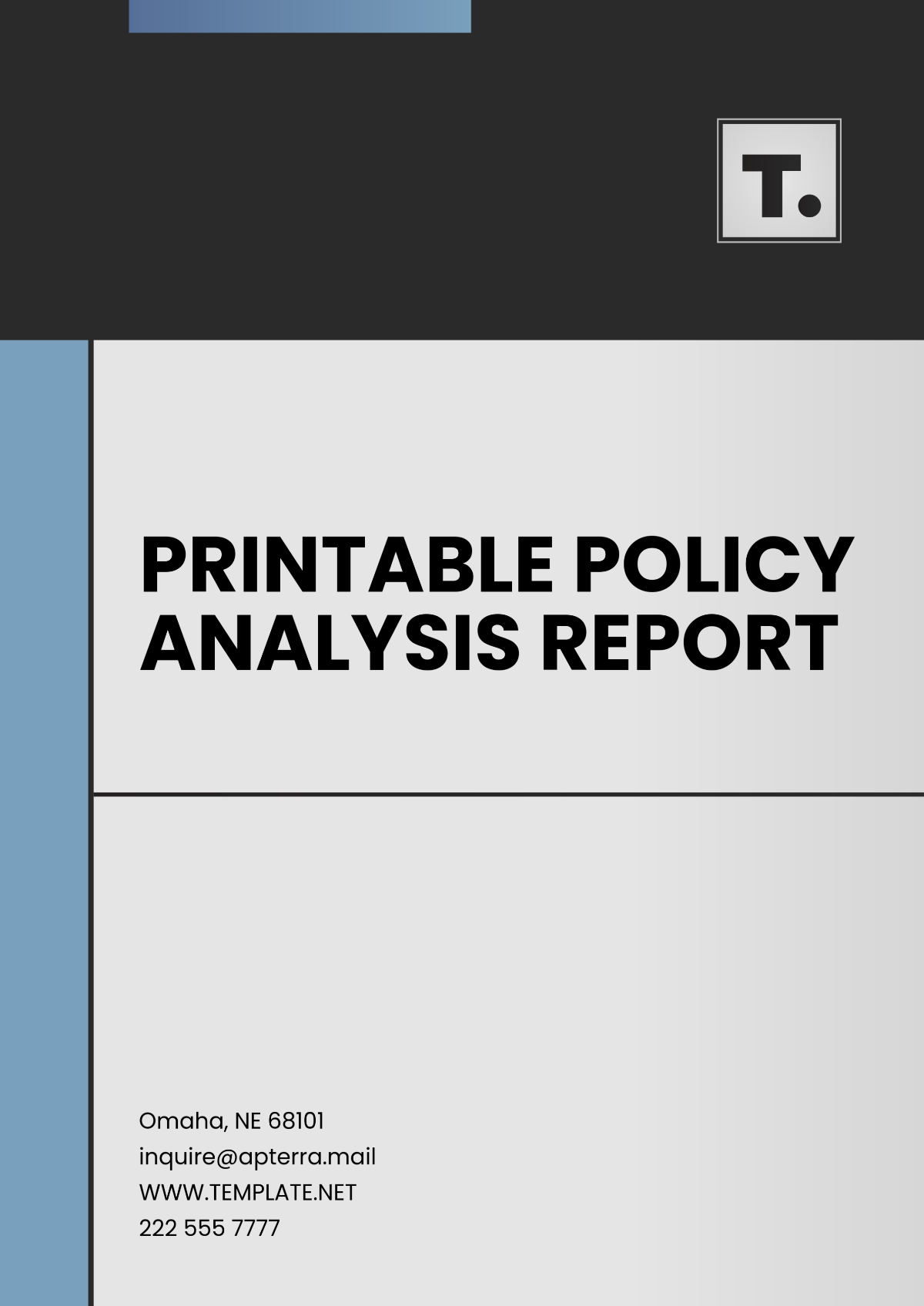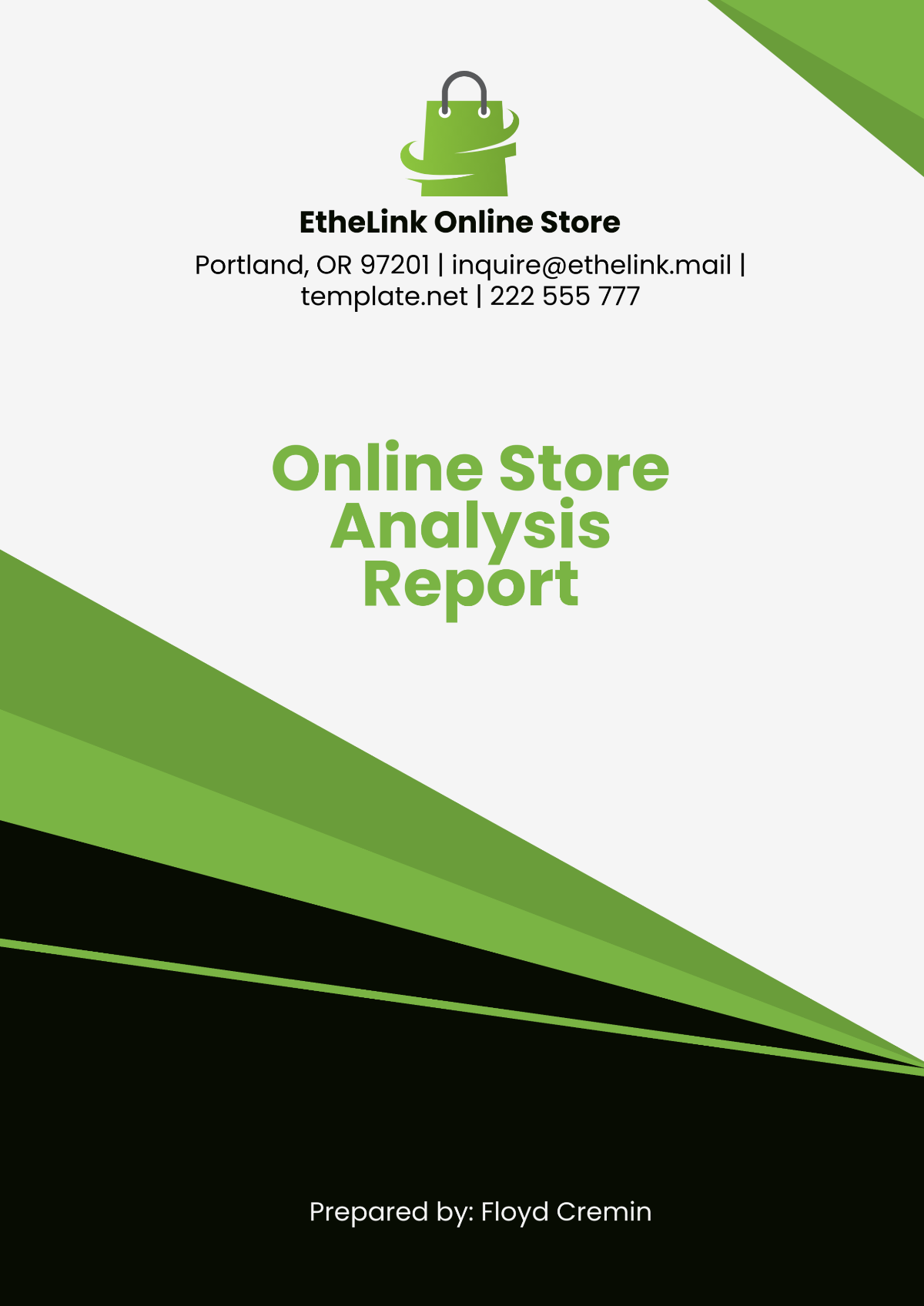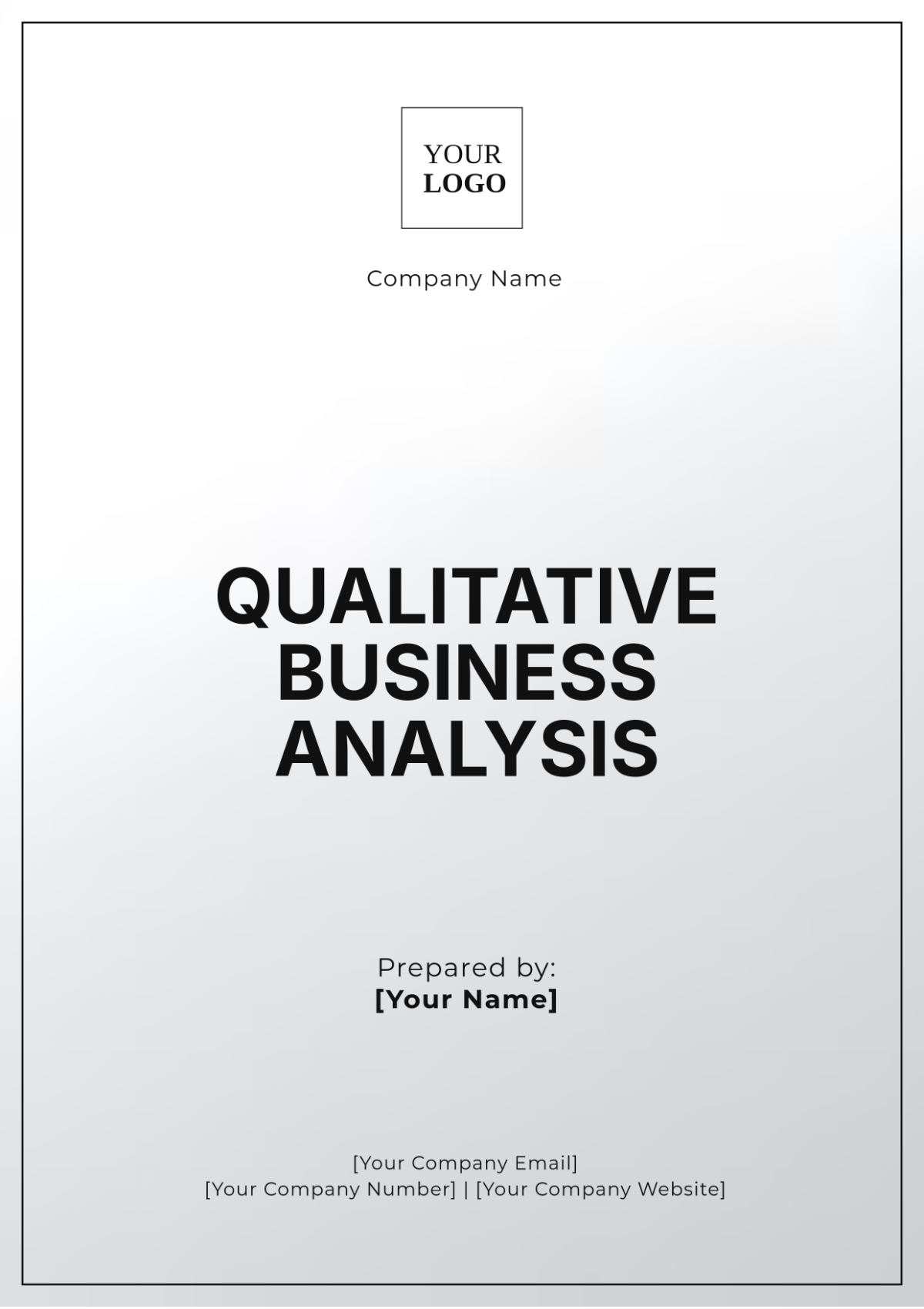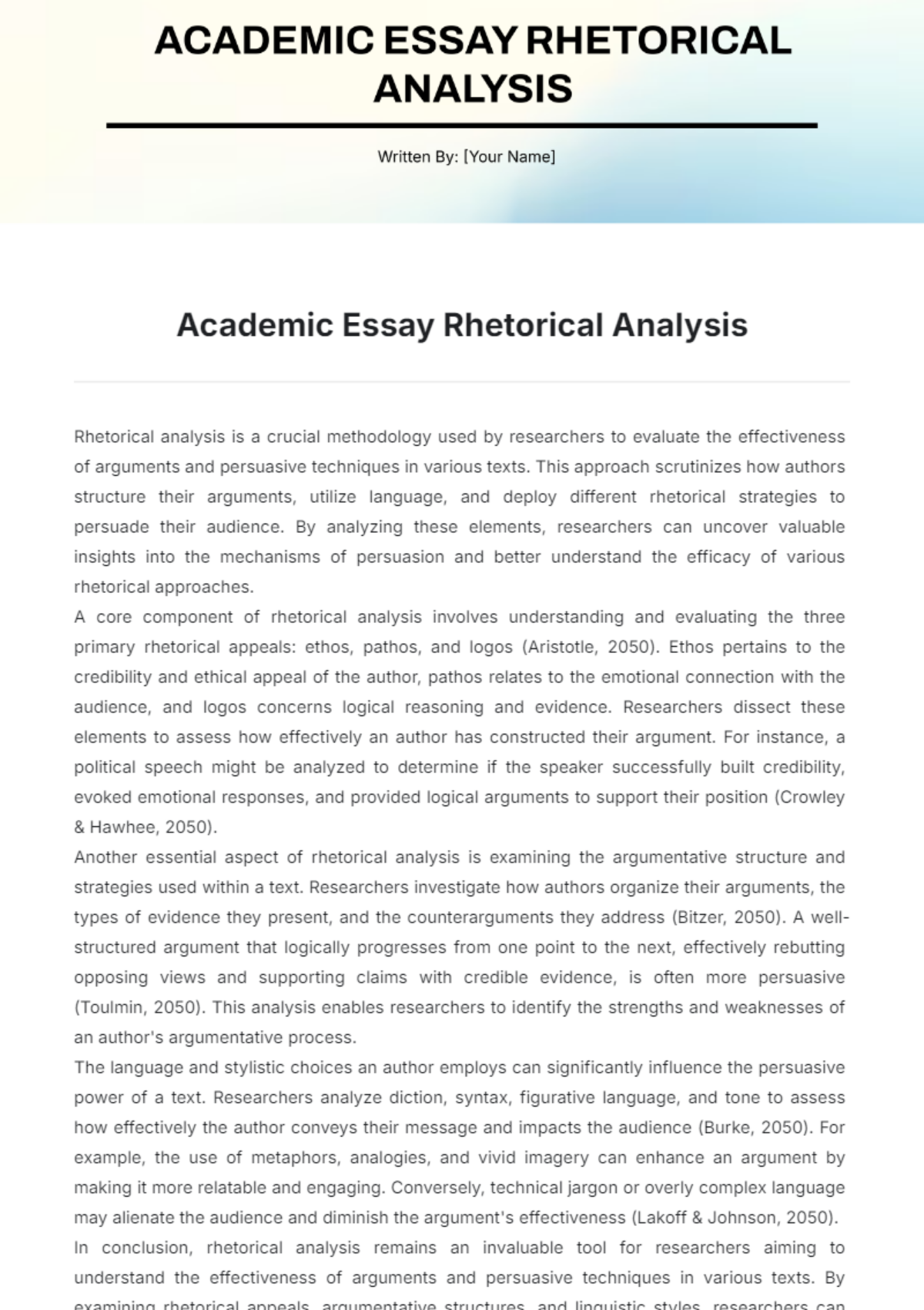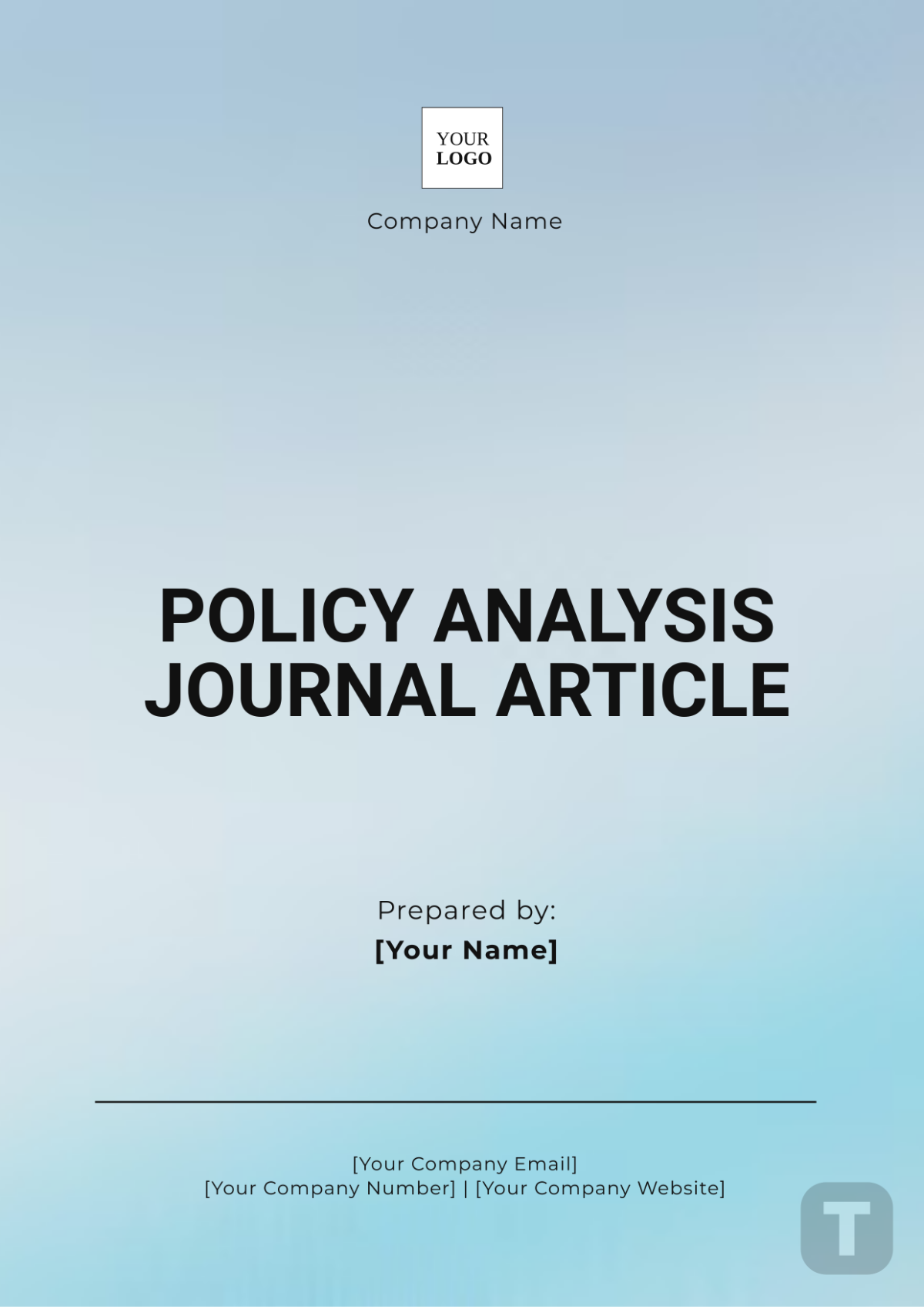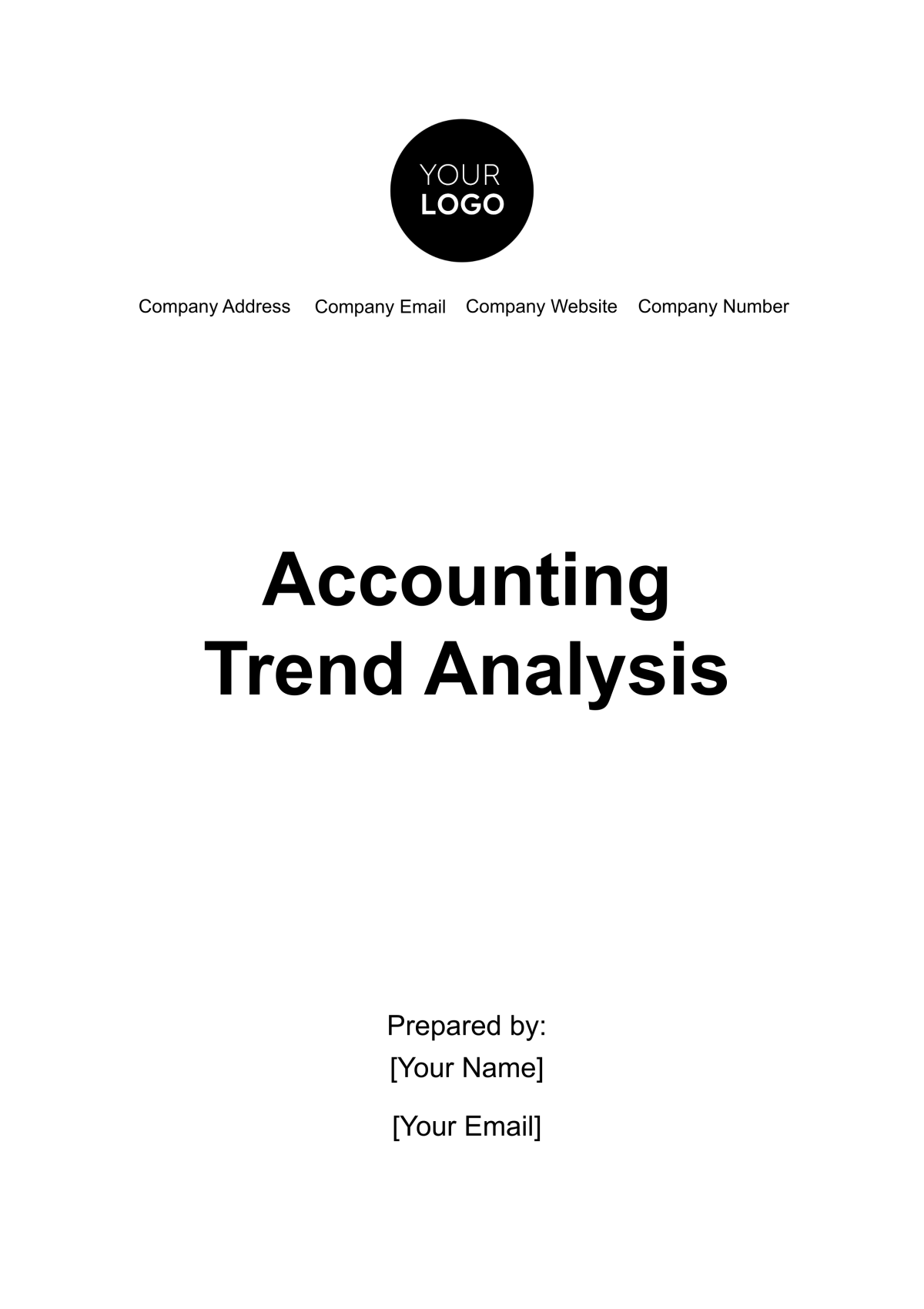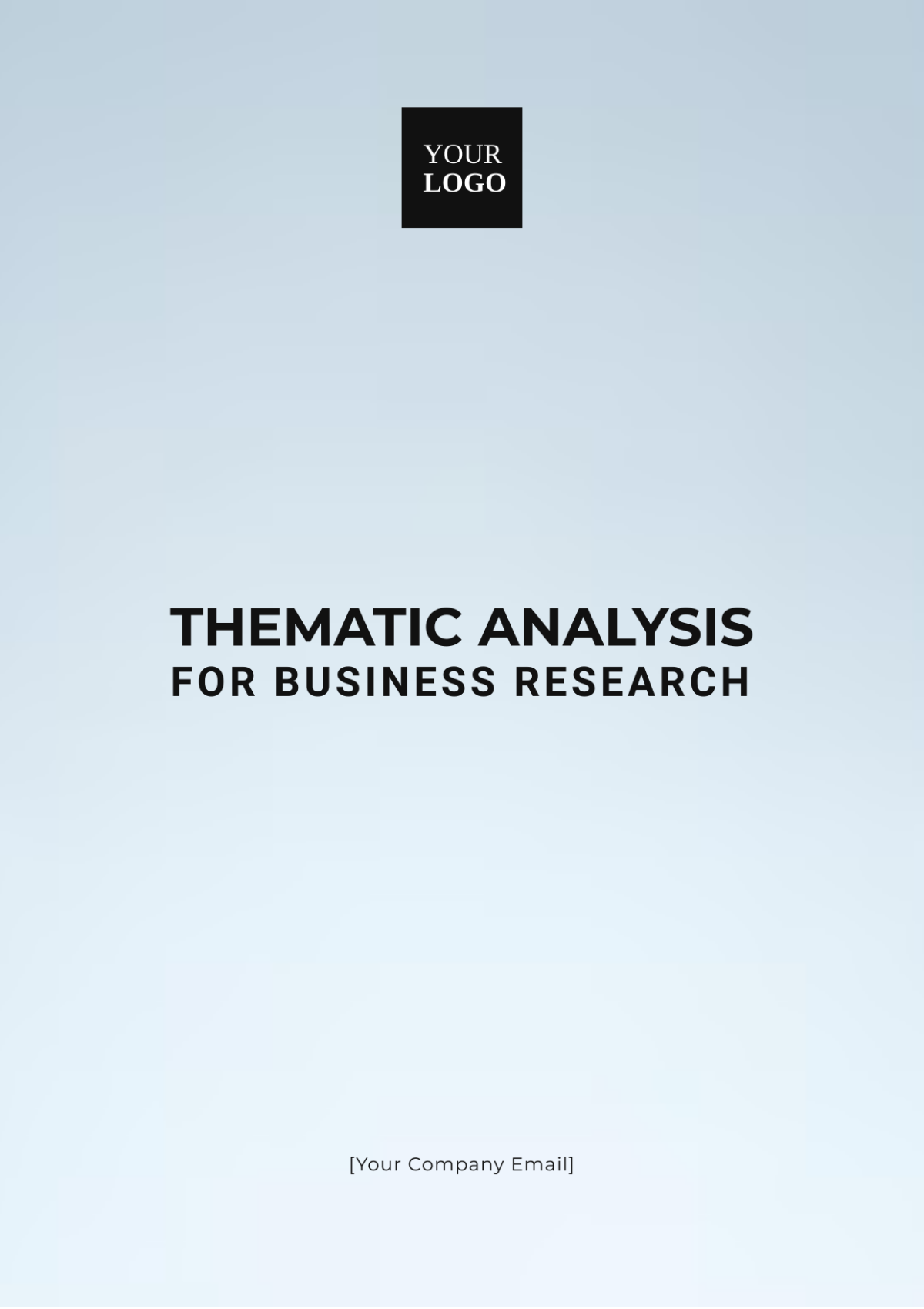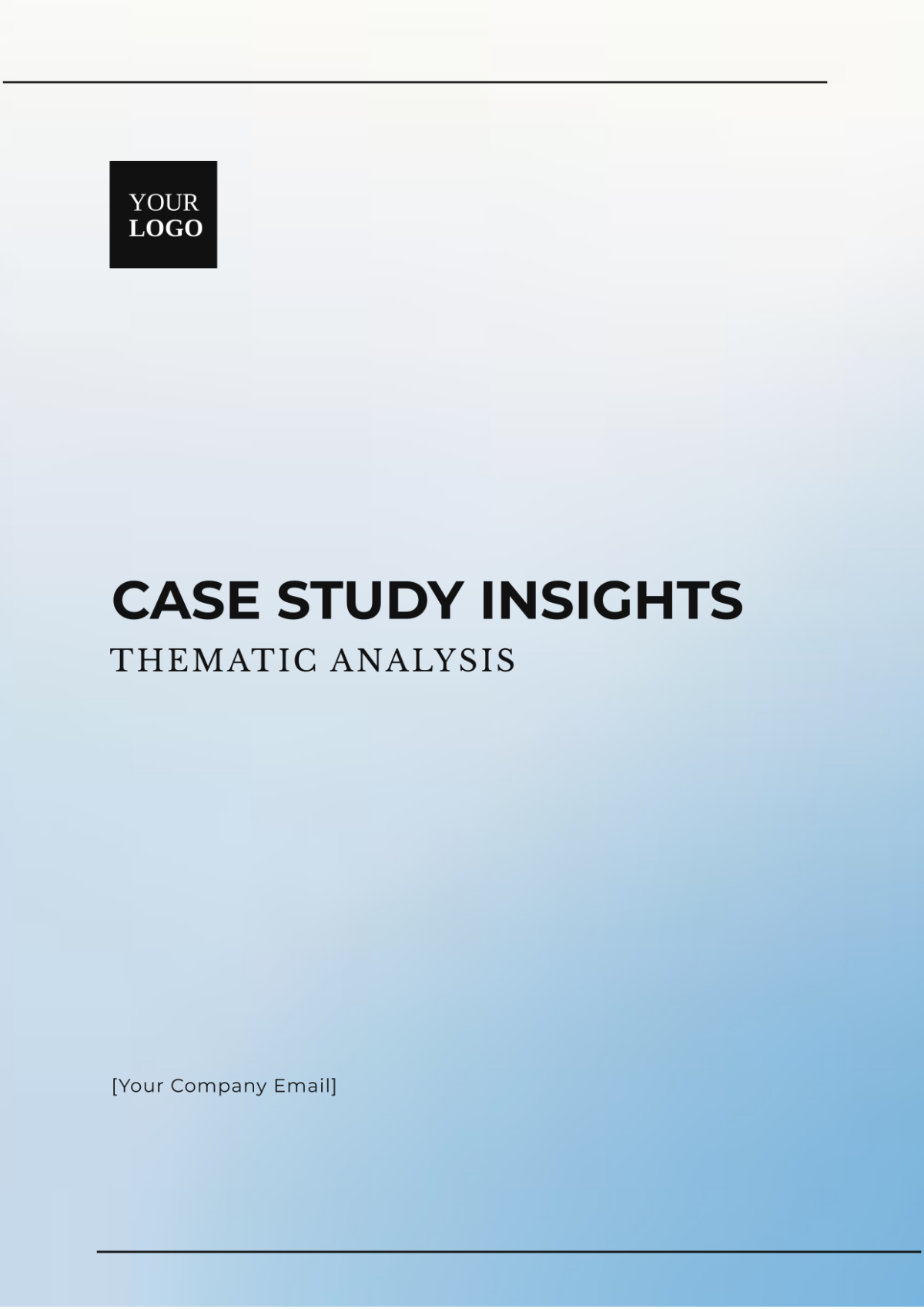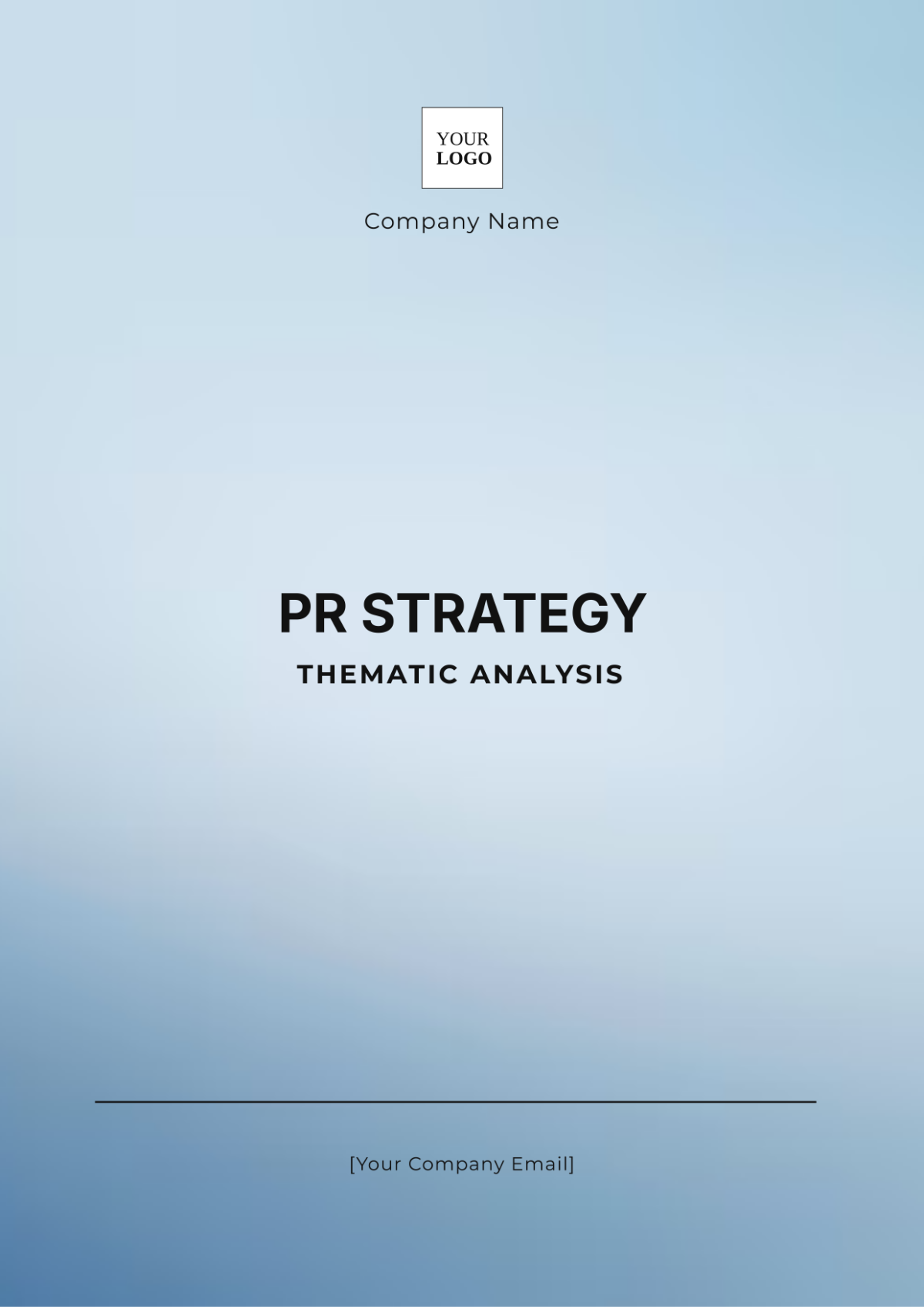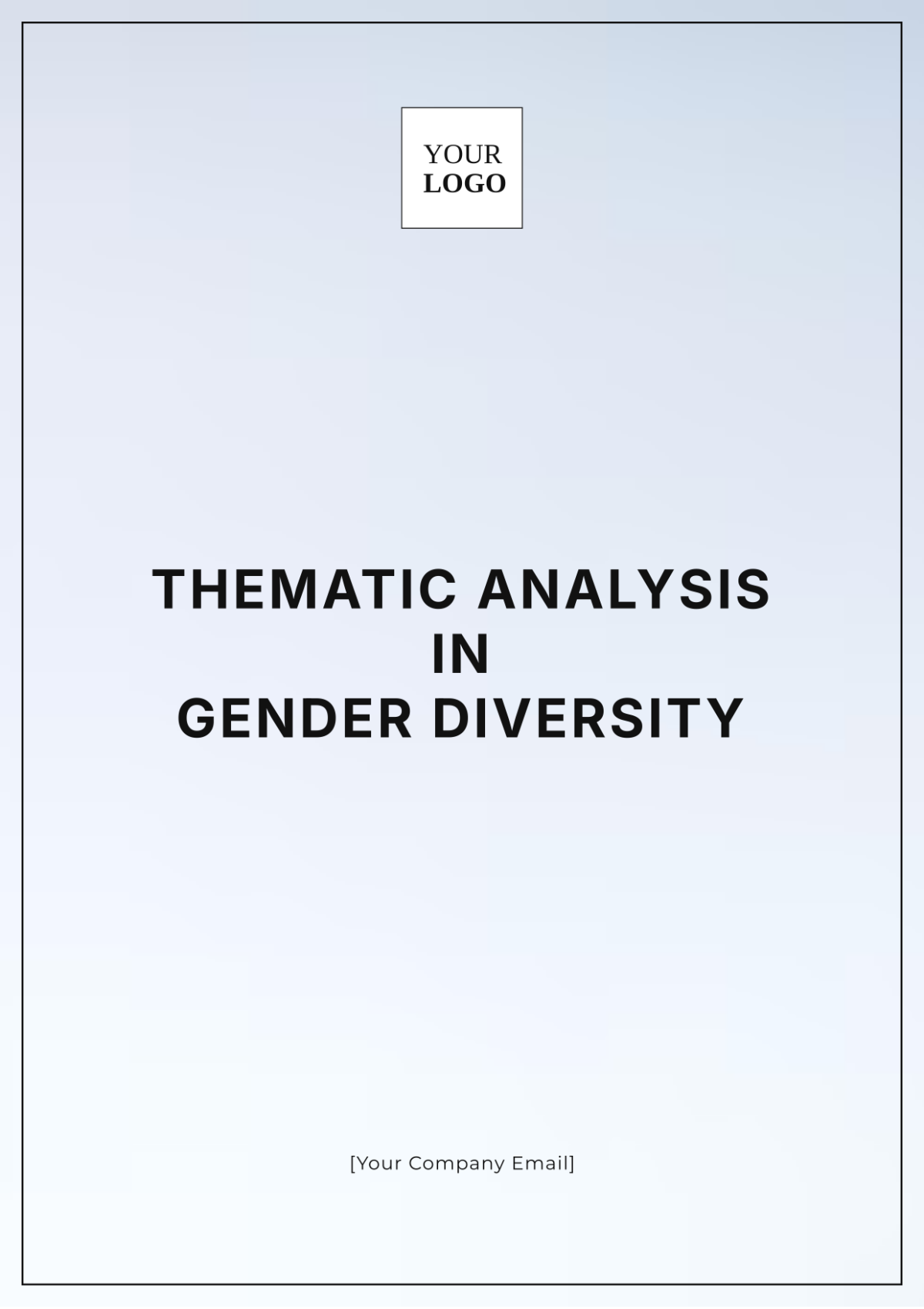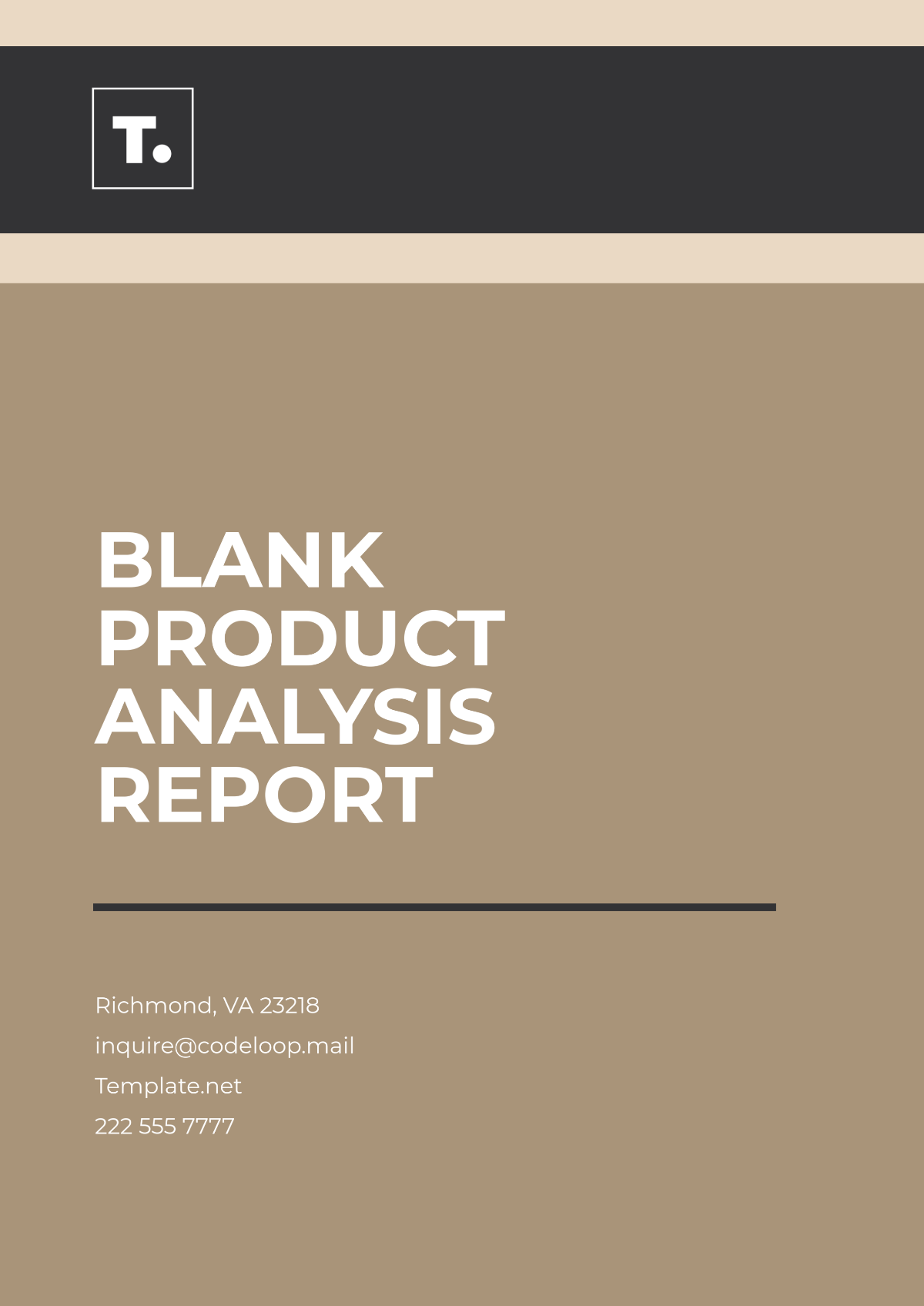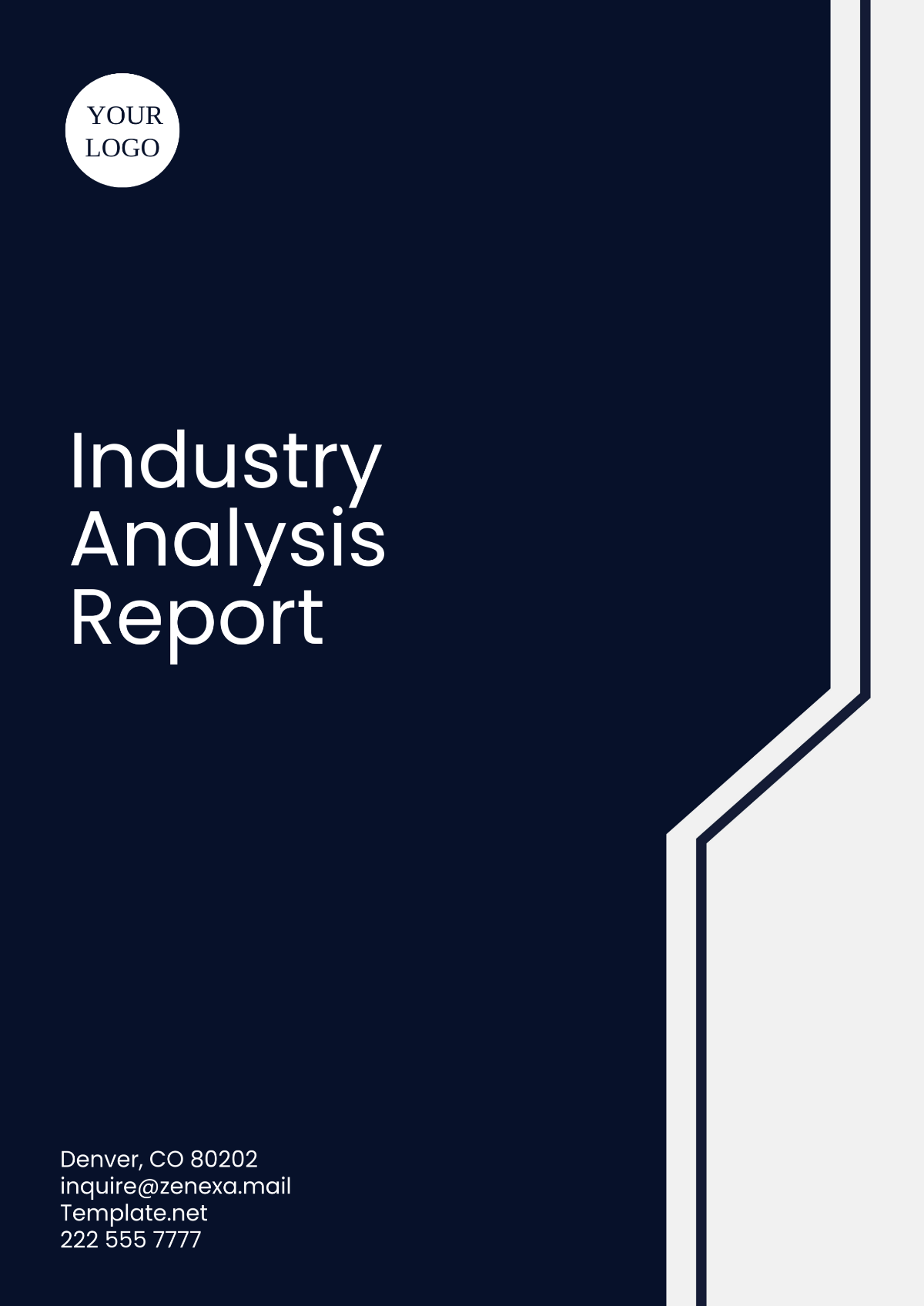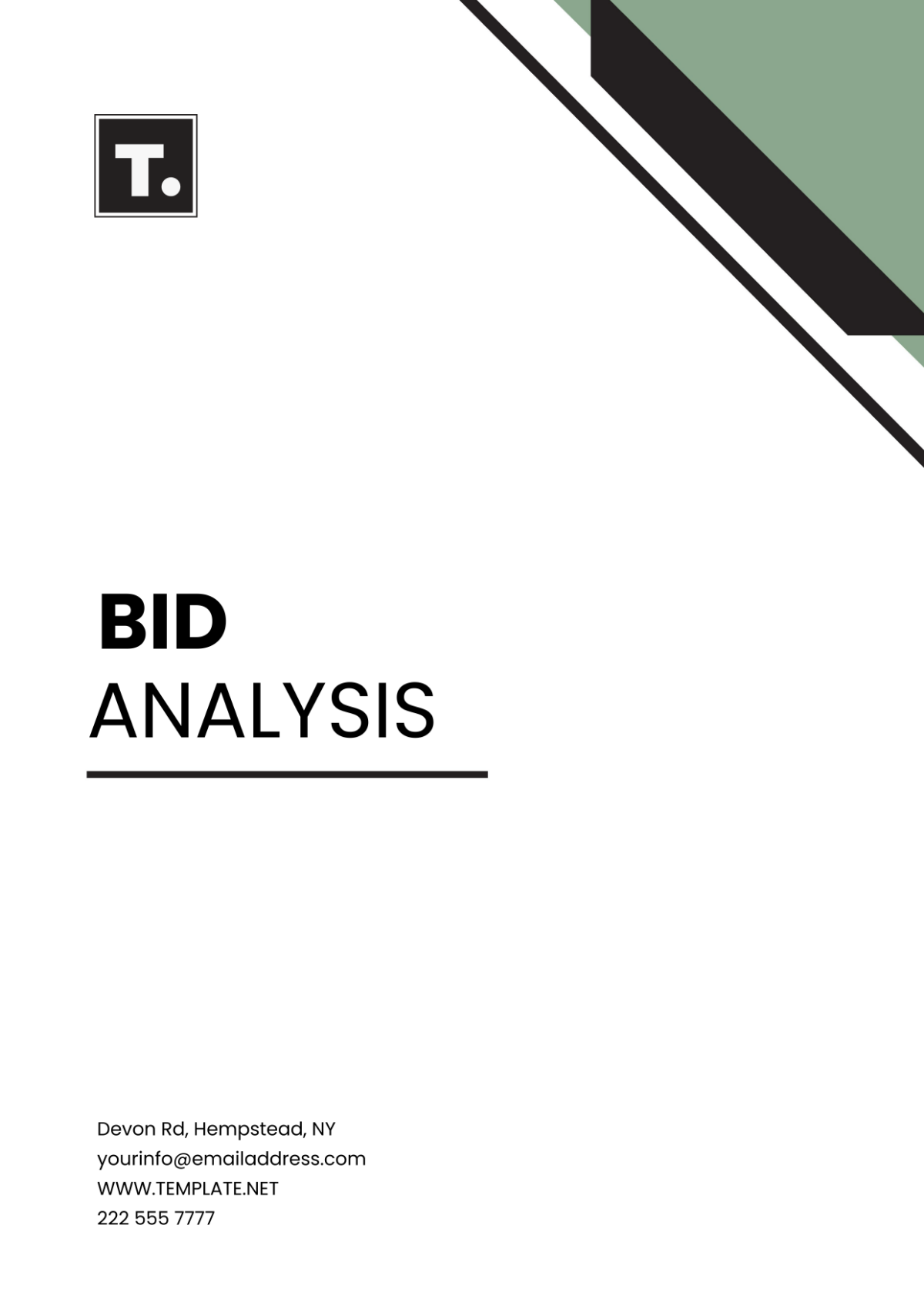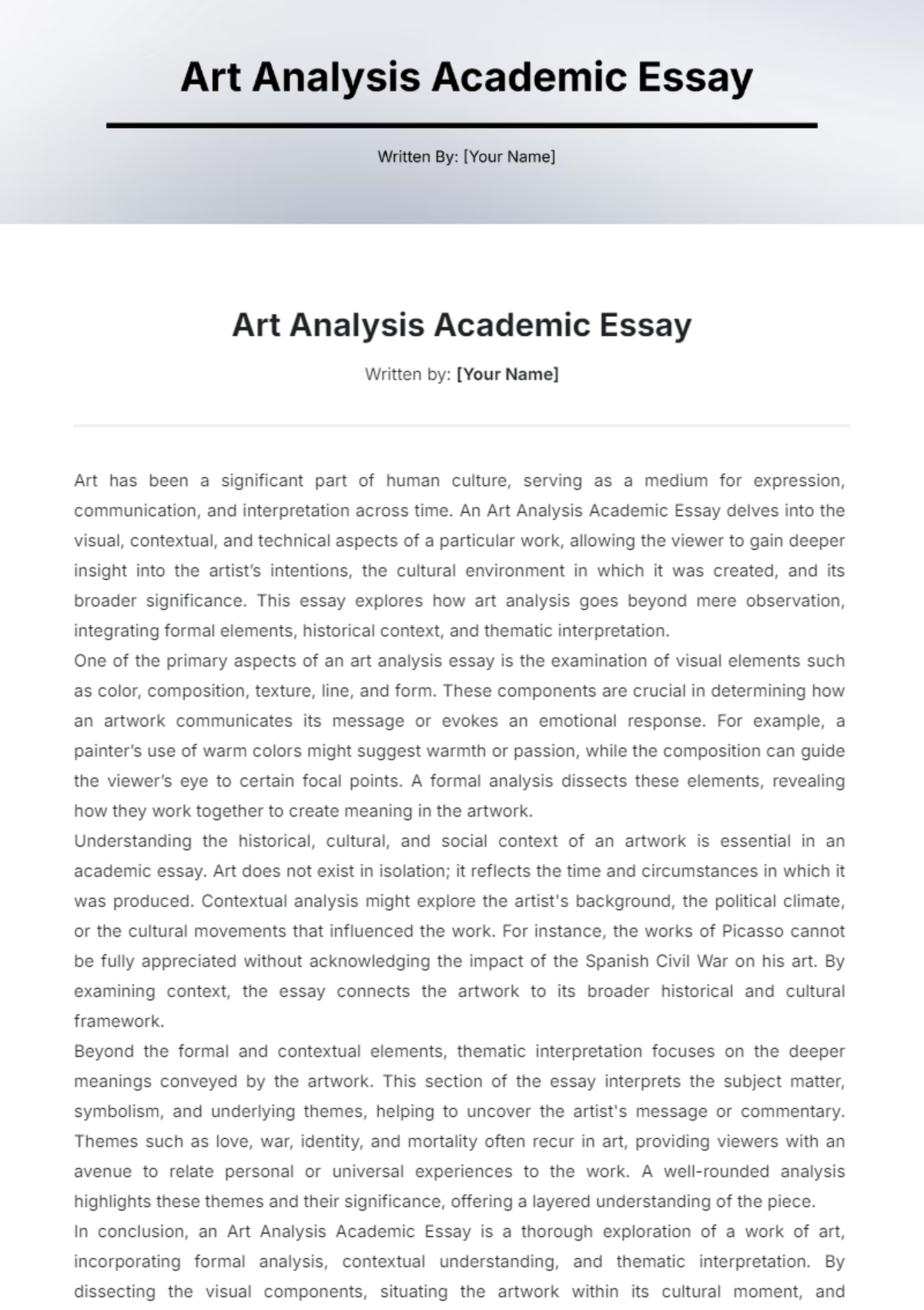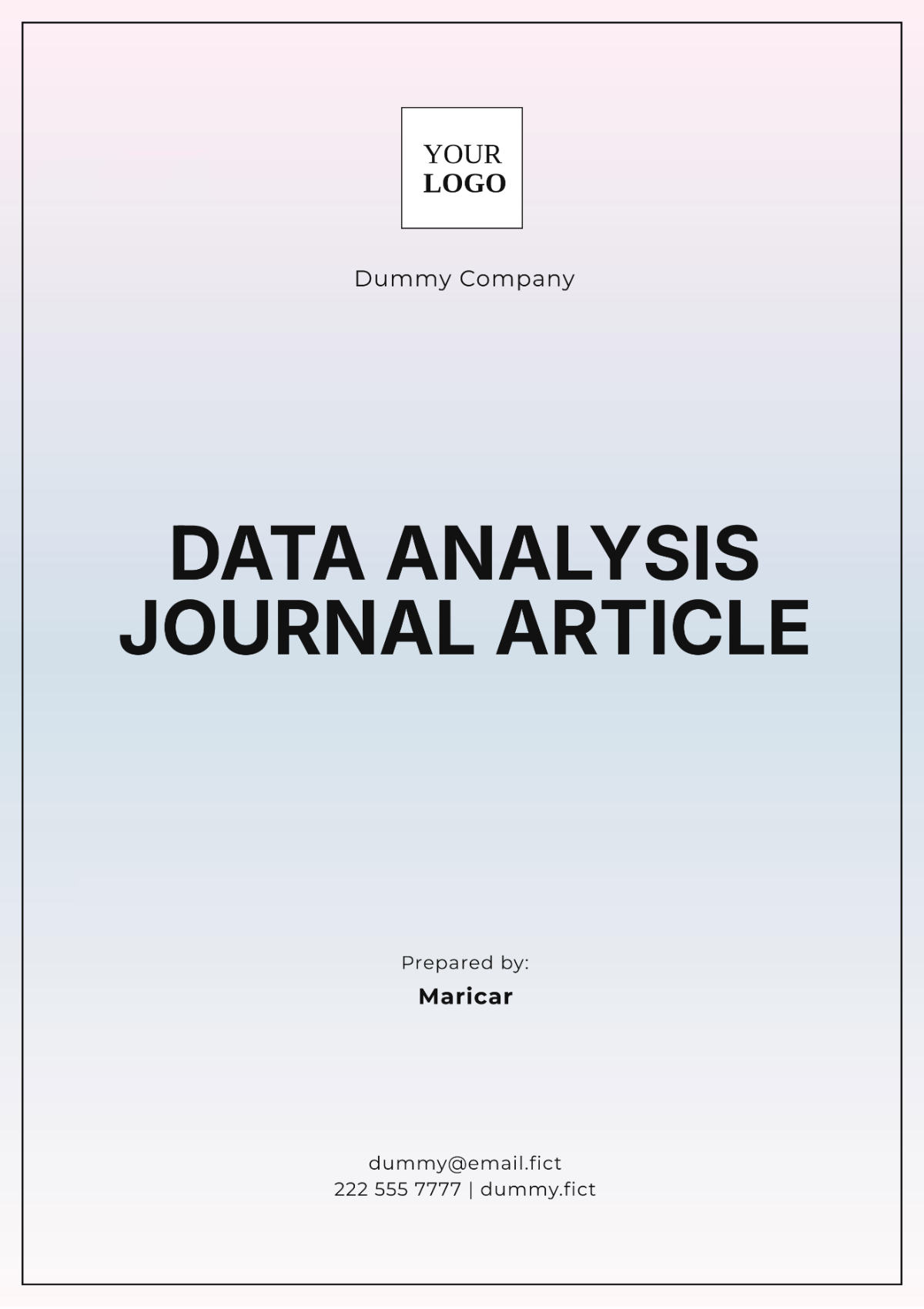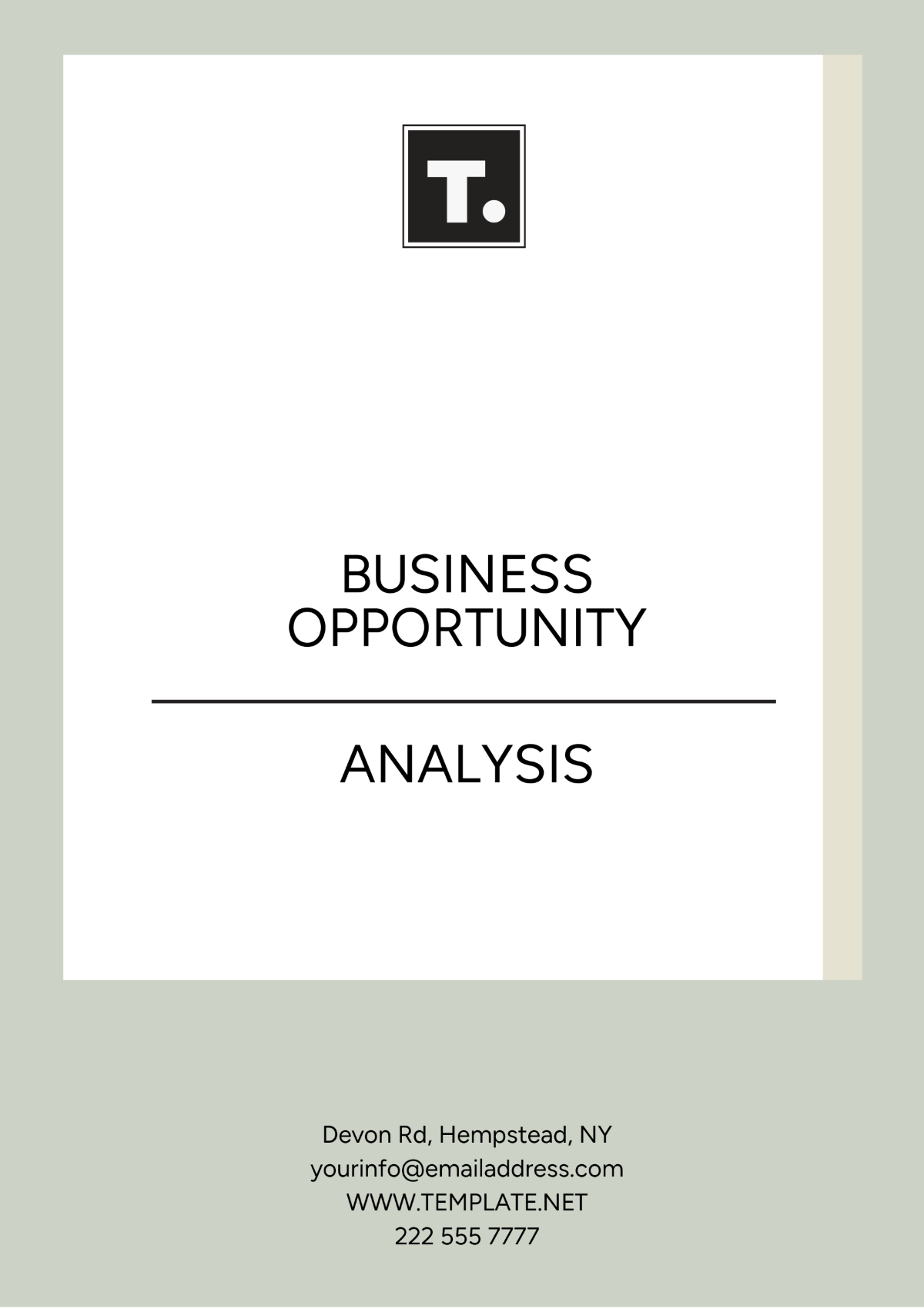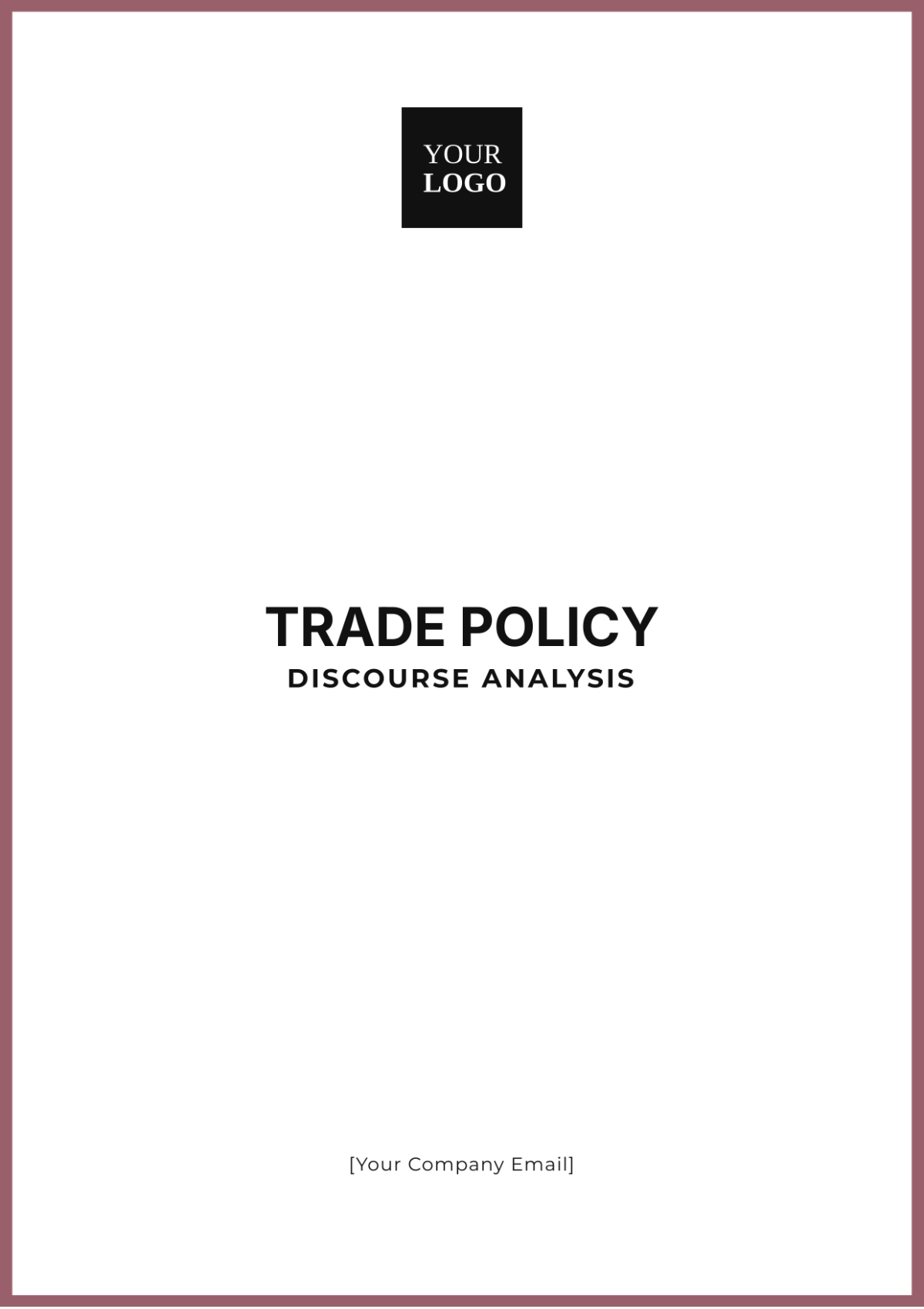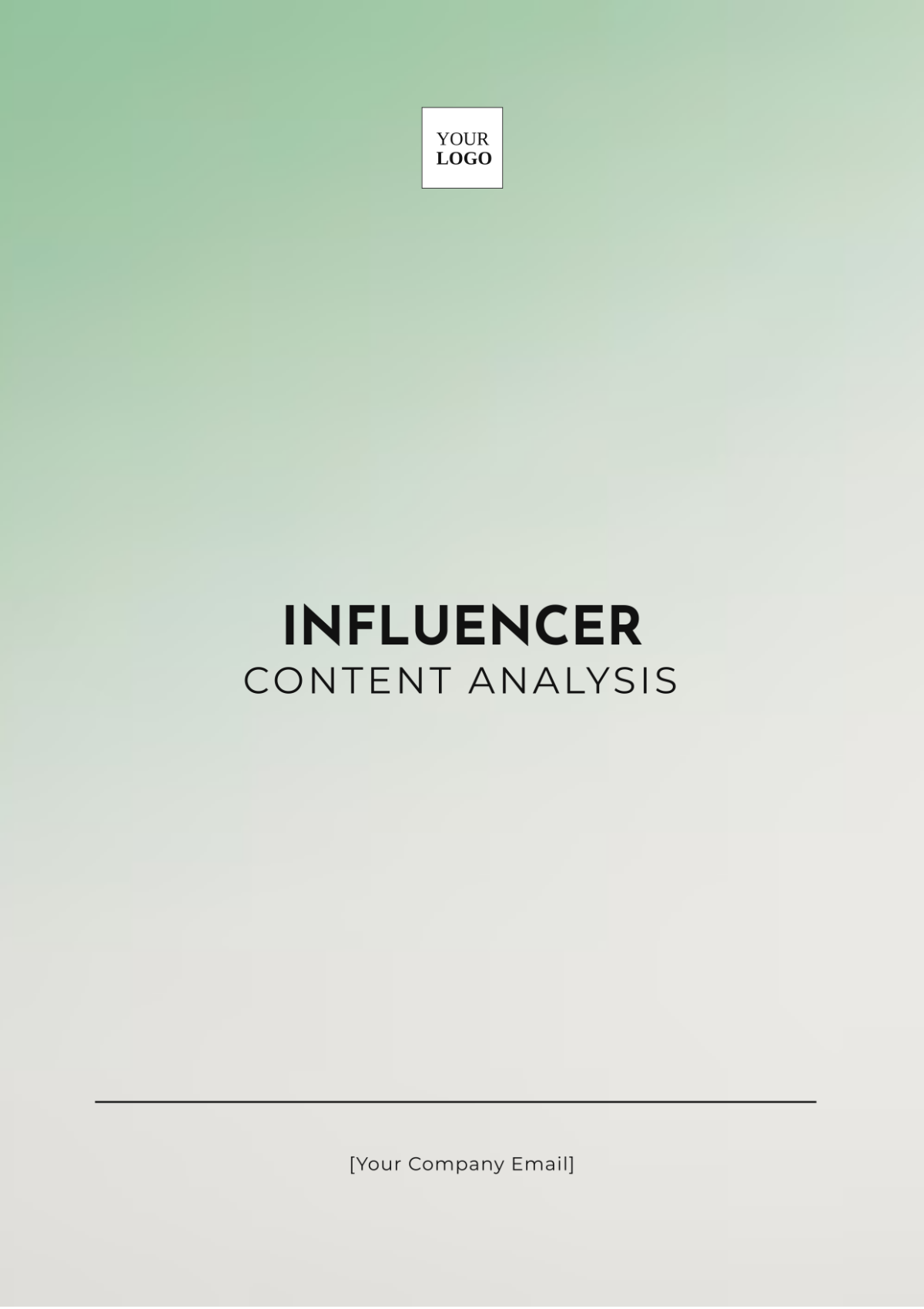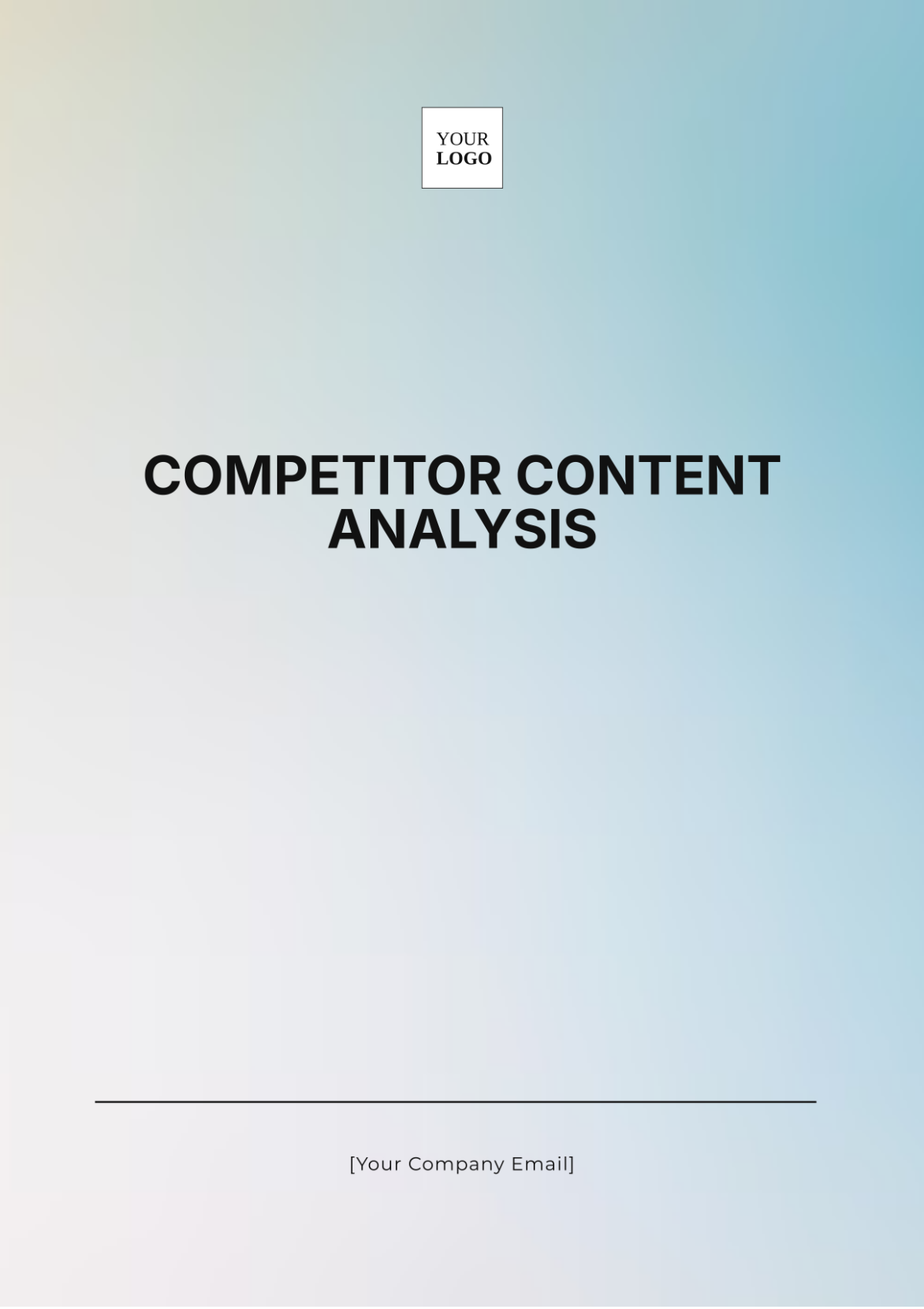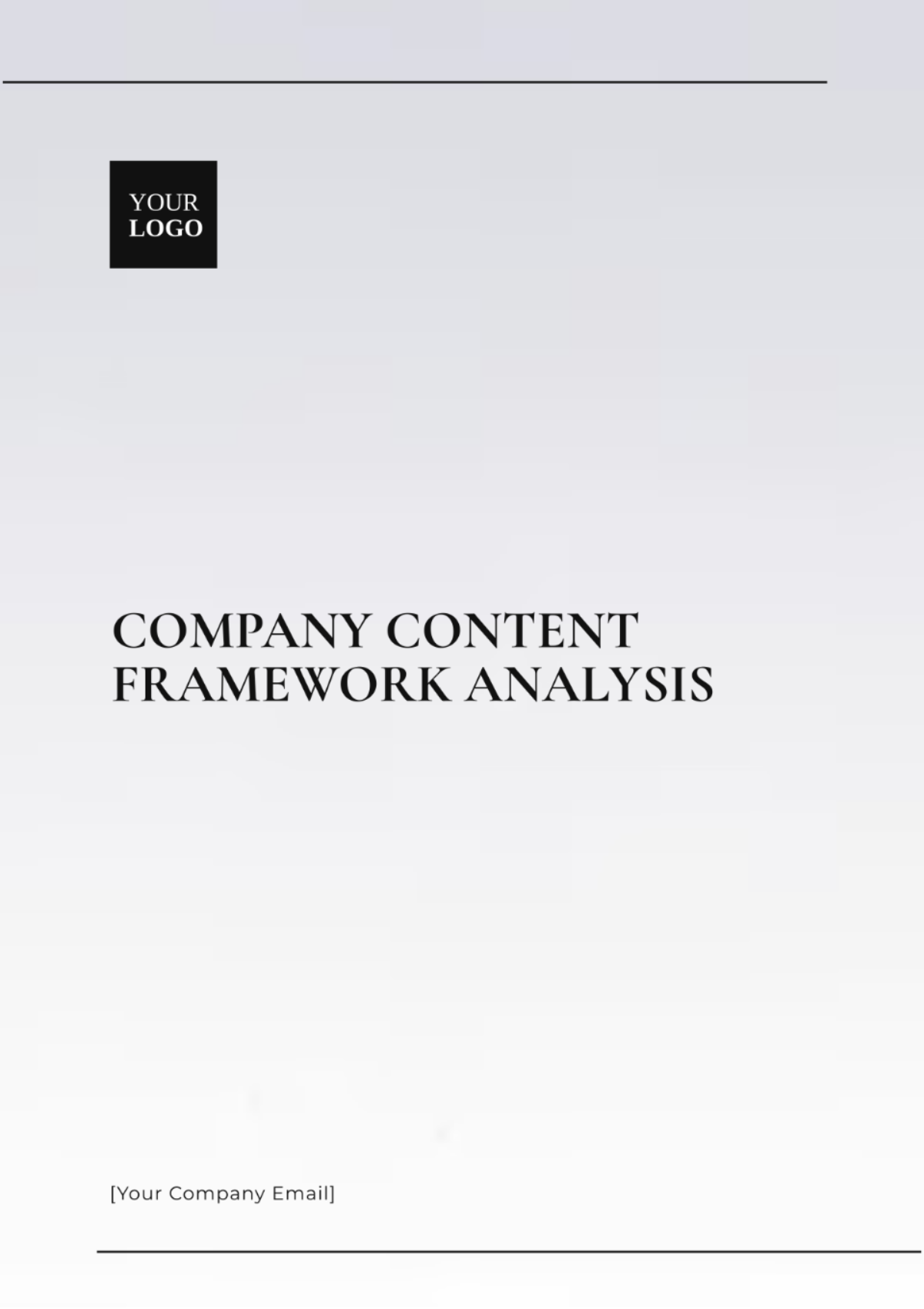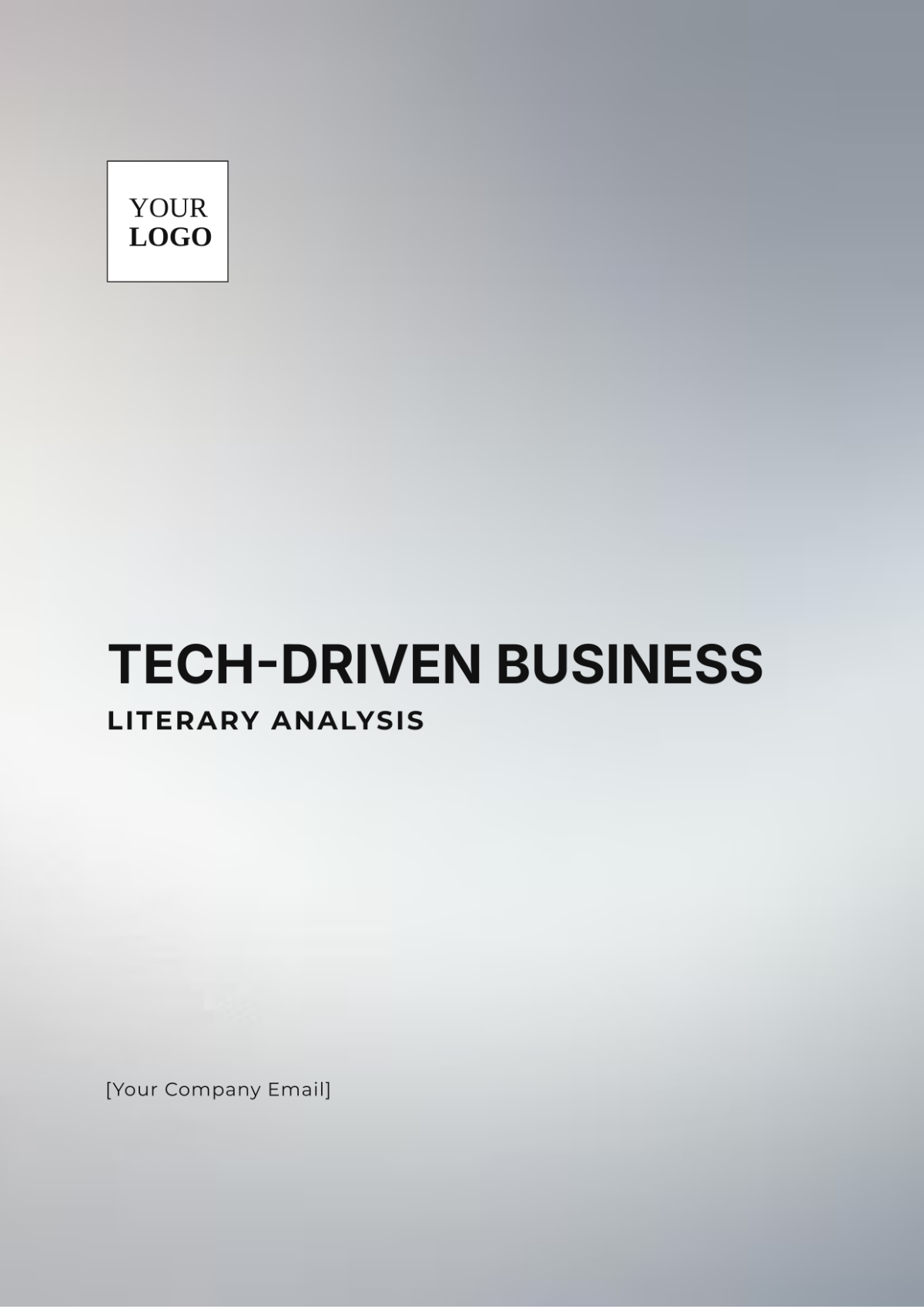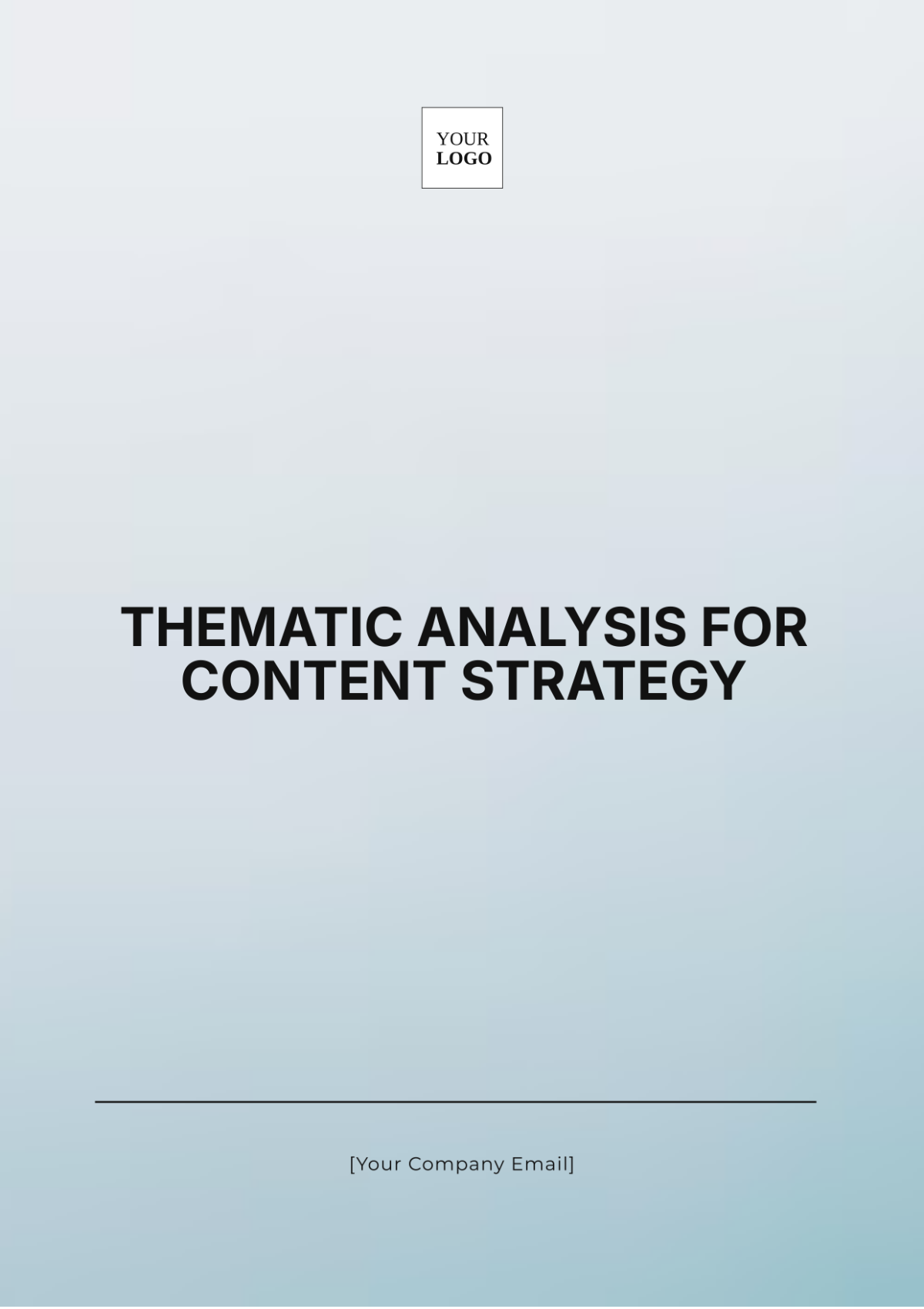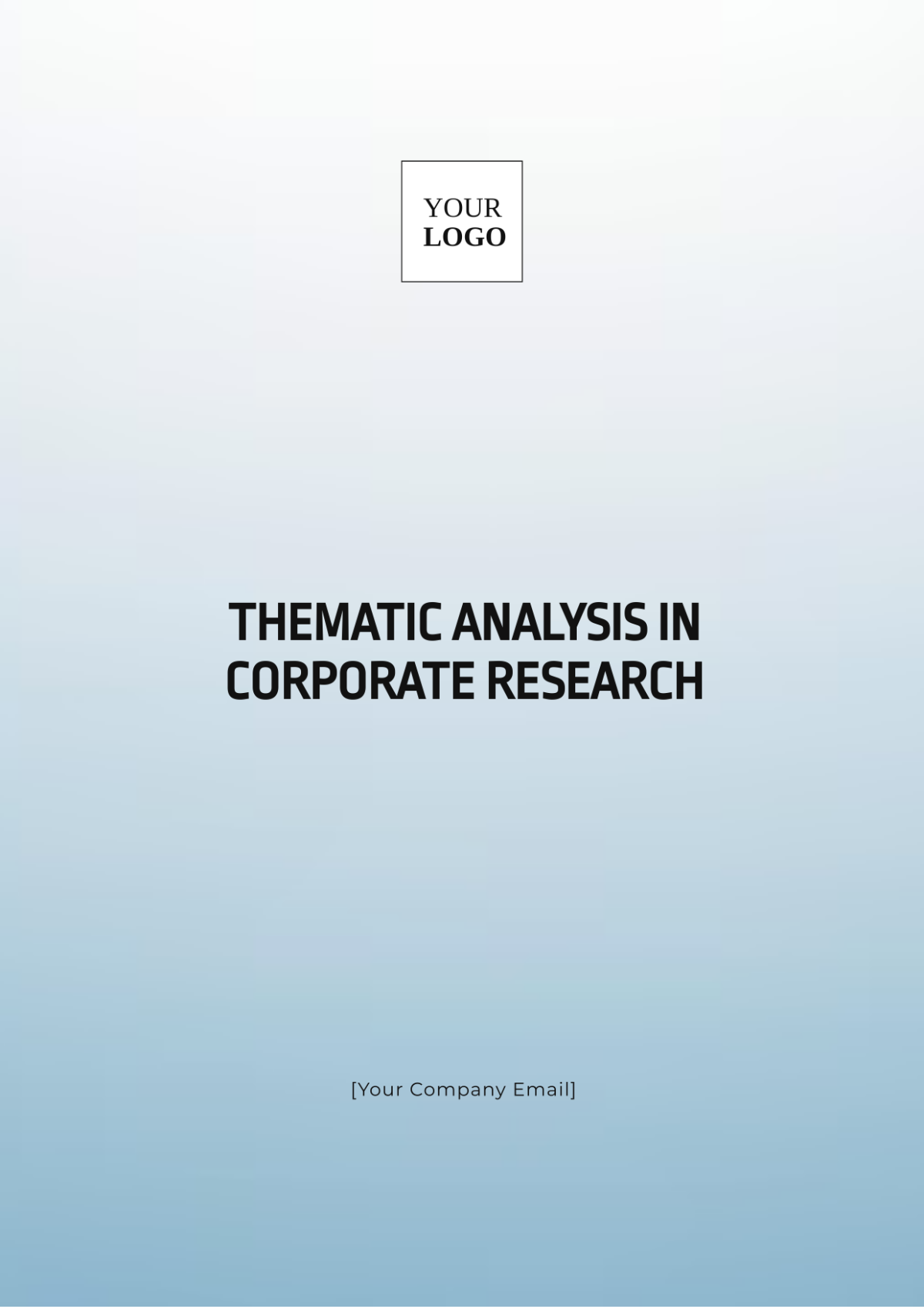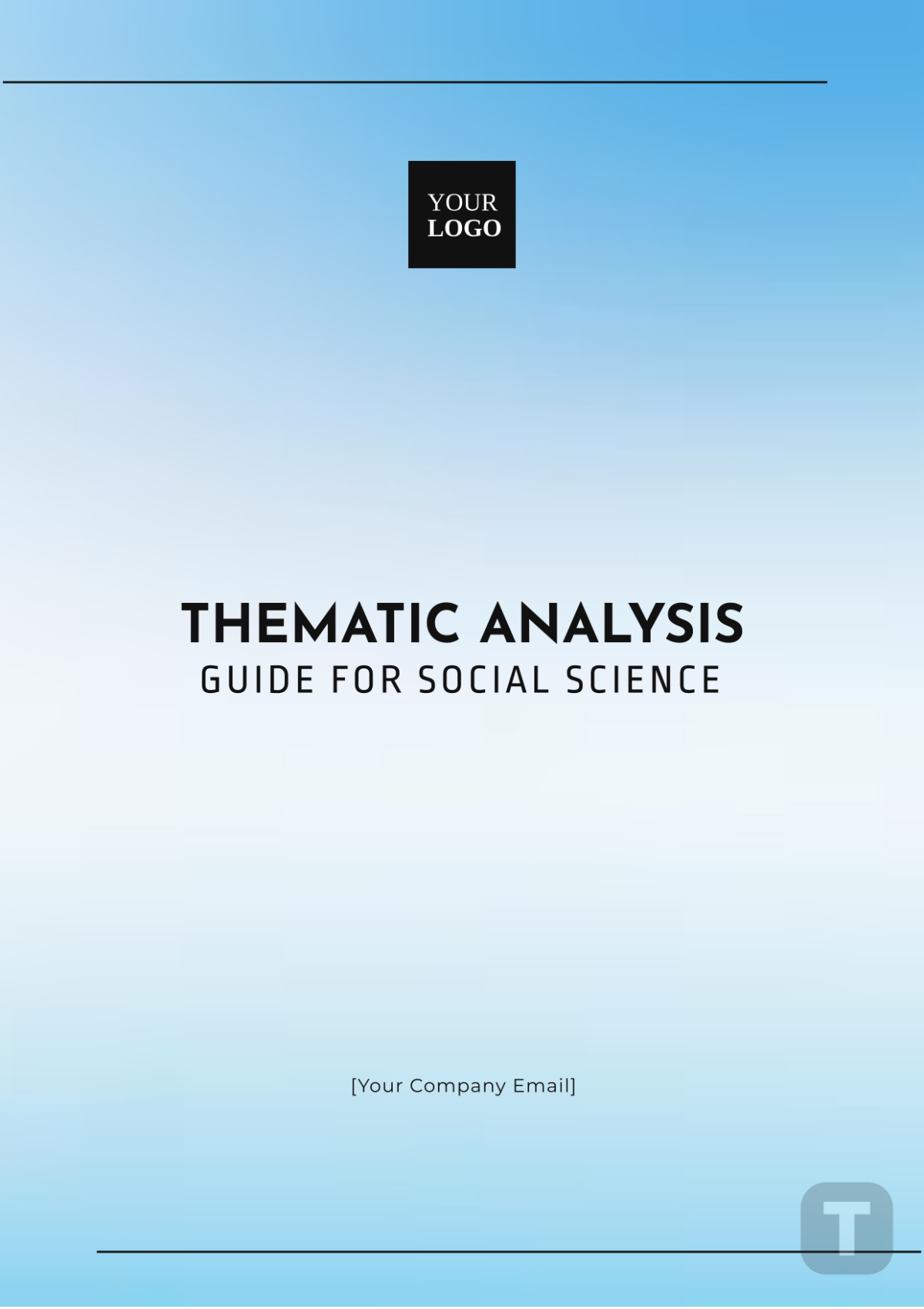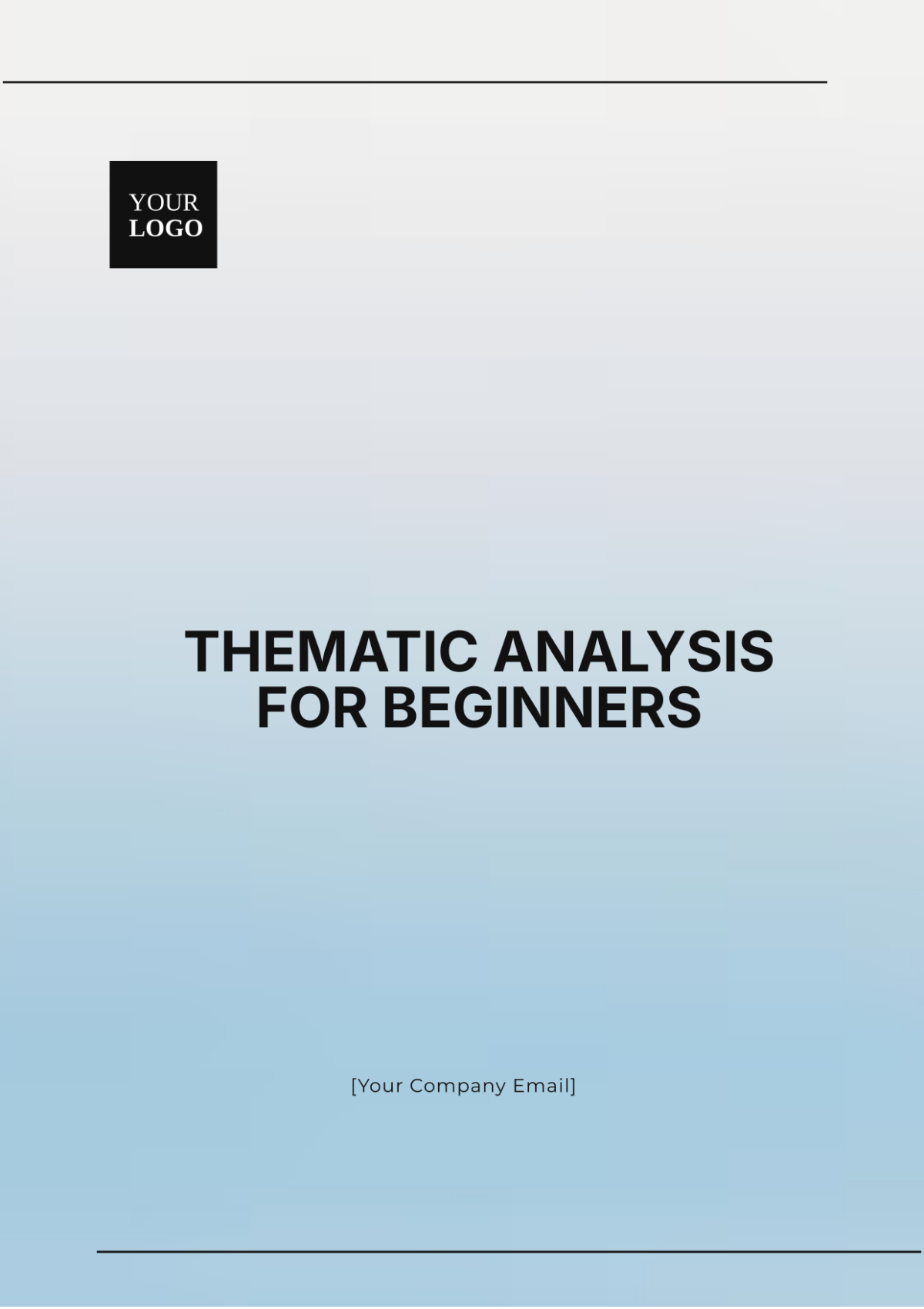Cryptocurrency Competitor Analysis
I. Executive Summary
This Cryptocurrency Competitor Analysis was conducted to evaluate the current competitive landscape in the cryptocurrency and blockchain sectors as of 2050. The primary goal was to identify key trends, market positioning, and emerging threats in order to position [Your Company Name] for continued growth and innovation. This report outlines the market dynamics, evaluates major competitors, and provides actionable recommendations for [Your Company Name]’s strategic direction in the rapidly evolving industry.
Key Findings
The cryptocurrency market has grown significantly over the past decade, with decentralized finance (DeFi) platforms and stablecoins dominating.
Leading competitors such as [Competitor A] and [Competitor B] have captured a substantial market share due to their advanced blockchain protocols and deep institutional partnerships.
Regulatory environments are becoming more robust, with stricter guidelines on tokenomics and cross-border transactions.
Strategic Recommendations
Focus on developing a proprietary scalable blockchain solution to offer more competitive transaction speeds and lower fees than current market leaders.
Increase engagement in regulatory discussions to stay ahead of emerging compliance requirements and leverage legal advantages.
Enhance brand identity by aligning with sustainability initiatives, as green blockchain solutions are becoming a key differentiator in the market.
II. Market Overview
A. Industry Trends
The cryptocurrency industry in 2050 has evolved with several key trends that are shaping its future:
Decentralized Finance (DeFi)
DeFi continues to gain traction, with decentralized exchanges (DEXs) and lending platforms accounting for 45% of the global crypto trading volume. As traditional financial institutions embrace blockchain technology, DeFi’s role in the financial ecosystem becomes increasingly prominent.
Tokenization of Real-World Assets
Real estate, commodities, and even traditional securities are being tokenized at an unprecedented rate. Platforms like [Competitor B] have already begun leading tokenized asset markets, reducing friction in cross-border transactions and improving liquidity.
Quantum-Resistant Cryptocurrencies
With the rise of quantum computing, the demand for quantum-resistant encryption is growing. Some cryptocurrencies are already integrating quantum-safe cryptographic protocols to ensure the security of digital assets in the coming decades.
B. Market Size and Growth Potential
The global cryptocurrency market is projected to reach a market cap of $20 trillion by 2050, with annual growth rates of 8-10%. Key regions for growth include Southeast Asia, where blockchain adoption in fintech is accelerating, and Europe, where the European Central Bank’s digital euro initiative is expected to drive greater acceptance of digital currencies.
C. Key Drivers of Market Demand
Institutional Adoption
Corporations and banks increasingly view blockchain as a viable technology for financial services, driving demand for more secure, scalable, and transparent systems.
Consumer Demand for Privacy
With growing concerns about personal privacy, cryptocurrencies that offer enhanced anonymity features, such as privacy coins, are seeing increased adoption.
Environmental Sustainability
Cryptocurrencies that employ energy-efficient consensus mechanisms, such as Proof of Stake (PoS), are favored by environmentally conscious investors and regulators.
III. Competitor Identification
A. Direct Competitors
Competitor | Market Position | Key Offering | Technology | Market Share (%) |
|---|---|---|---|---|
[Competitor A] | Market Leader | DeFi Protocol and Tokenized Assets Platform | Proof of Stake (PoS) | 32% |
[Competitor B] | Strong Challenger | Privacy Coin with Quantum Resistance | Hybrid PoS/PoW | 18% |
[Competitor C] | Emerging Player | Layer 2 Scaling Solutions | Sidechain, zk-Rollups | 8% |
[Competitor A] has maintained its position as a market leader with a suite of decentralized finance products and tokenized assets that cater to both retail and institutional clients. Their use of Proof of Stake (PoS) has reduced energy consumption by 70%, aligning with global sustainability trends.
[Competitor B] stands out for its focus on privacy and quantum-resistant cryptography, offering a highly secure cryptocurrency that appeals to both individual users and enterprises concerned about privacy in a quantum computing world.
[Competitor C] is an emerging competitor that has made significant strides in Layer 2 scaling solutions, which is a crucial area for improving transaction throughput and reducing fees on Ethereum-based applications.
IV. Competitor Product/Service Analysis
A. Core Product Offering
[Competitor A]: Offers a broad range of DeFi products, including decentralized exchanges (DEXs), lending platforms, and synthetic assets. Their flagship product, [Competitor A Token], is used for governance and staking rewards.
[Competitor B]: Focuses on privacy-first blockchain solutions with quantum resistance built into its protocol, ensuring long-term security. The [Competitor B Coin] allows users to make private, secure transactions without revealing any personal data.
[Competitor C]: Specializes in Layer 2 scaling solutions, leveraging sidechains and zk-Rollups to enable faster and cheaper transactions on Ethereum’s network.
B. Features and Functionality
Feature | [Competitor A] | [Competitor B] | [Competitor C] |
|---|---|---|---|
Consensus Mechanism | PoS | Hybrid PoS/PoW | zk-Rollups |
Privacy Features | Low | High | Medium |
Transaction Speed | Fast | Fast | Very Fast |
Fees | Low | Medium | Very Low |
[Competitor A] offers relatively low fees with fast transaction speeds, but lacks the high-level privacy features offered by [Competitor B].
[Competitor B] excels in privacy, ensuring transactions are fully anonymous while maintaining a high level of security.
[Competitor C] focuses on scalability, with extremely low transaction fees and lightning-fast transaction speeds thanks to its Layer 2 solutions.
V. Market Positioning and Target Audience
A. Brand Identity and Messaging
[Competitor A] has built a brand centered around inclusivity and democratizing finance, positioning itself as the go-to platform for both new users and institutional clients. Their marketing emphasizes transparency, speed, and cost-efficiency.
[Competitor B] markets itself as the “future-proof” cryptocurrency, with its focus on privacy and quantum resistance appealing to privacy-conscious individuals and businesses.
[Competitor C] targets developers and businesses looking for scalable blockchain solutions to integrate into their applications. Their messaging focuses on transaction throughput and reducing network congestion.
B. Customer Segmentation
[Competitor A]: Targets both individual users and enterprises, with a focus on DeFi and asset management products.
[Competitor B]: Primarily appeals to tech-savvy users and institutions that prioritize privacy and security, especially in light of quantum threats.
[Competitor C]: Focuses on developers, startups, and companies in need of scalable solutions, offering tools to easily integrate blockchain technology into existing systems.
VI. SWOT Analysis of Key Competitors
A. [Competitor A]
Strengths | Weaknesses | Opportunities | Threats |
|---|---|---|---|
Market leader in DeFi | Lack of privacy features | Expansion into new regions | Regulatory challenges |
Large institutional backing | High competition in DeFi | Tokenized asset growth | Rising DeFi competition |
Sustainable energy usage | Reliance on PoS |
B. [Competitor B]
Strengths | Weaknesses | Opportunities | Threats |
|---|---|---|---|
Quantum-resistant security | Higher transaction fees | Adoption in sensitive sectors | Quantum breakthroughs |
Strong privacy features | Slower transaction speeds | Growing privacy concerns | Increased competition |
C. [Competitor C]
Strengths | Weaknesses | Opportunities | Threats |
|---|---|---|---|
Leading Layer 2 scaling solutions | Lower brand recognition | Growth in demand for scalable blockchain solutions | Growing competition in Layer 2 space |
Very low transaction fees | Niche market focus | Partnerships with enterprise clients | Potential over-reliance on Ethereum |
High throughput and speed | Heavy reliance on Ethereum for ecosystem |
VII. Conclusion and Strategic Recommendations
Key Takeaways
The cryptocurrency industry in 2050 is more competitive than ever, with leading players like [Competitor A], [Competitor B], and [Competitor C] positioning themselves to capitalize on various segments of the market.
[Competitor A] dominates the DeFi space but is vulnerable to regulatory challenges and lacks privacy features that are gaining traction with privacy-conscious users.
[Competitor B], with its focus on privacy and quantum-resistant blockchain technology, is well-positioned for long-term growth, although higher fees and slower transaction speeds may impede its widespread adoption.
[Competitor C] offers the most advanced scaling solutions, with low transaction fees and high throughput, but faces the challenge of brand recognition and the risk of relying too heavily on Ethereum.
Strategic Recommendations
For [Your Company Name], investing in Layer 2 scaling technology is crucial to remaining competitive in the blockchain ecosystem. With transaction fees becoming a major pain point for users, [Your Company Name] should focus on offering low-fee solutions and faster transaction speeds to attract both developers and end users.
Privacy and Security: As consumer demand for privacy grows, prioritizing the integration of privacy features into your platform is essential. A blockchain solution that balances privacy with compliance will be highly attractive to users in regions with stringent data protection regulations.
Regulatory Compliance: Proactively aligning with emerging regulatory frameworks will give [Your Company Name] a competitive edge, especially in regions where regulators are becoming more stringent. Consider hiring a dedicated compliance team to work directly with regulators to shape future legislation.
Partnerships and Institutional Focus: Focus on forming strategic partnerships with enterprises and financial institutions. As blockchain technology continues to disrupt traditional industries, ensuring that [Your Company Name] is a trusted partner for these institutions will drive significant growth.
Brand Development: Strengthening [Your Company Name]’s brand identity will help differentiate it in a crowded market. By aligning with sustainability initiatives and highlighting its commitment to privacy and security, [Your Company Name] can appeal to a broader audience, including environmentally-conscious users and privacy advocates.
Final Thoughts
The competitive cryptocurrency landscape in 2050 is full of opportunity and challenges. As the industry matures, players who focus on scalability, privacy, and regulatory compliance will be well-positioned to capture a significant share of the market. [Your Company Name] must innovate continuously, staying ahead of competitors like [Competitor A], [Competitor B], and [Competitor C], while responding to shifts in consumer behavior and regulatory changes.
By focusing on these strategic priorities, [Your Company Name] can secure its position as a leader in the evolving cryptocurrency market.
VIII. Regulatory and Compliance Overview
A. Regulatory Landscape
As of 2050, the regulatory landscape for cryptocurrencies is becoming more structured and regionally diverse. In developed markets like North America and Europe, regulatory frameworks are maturing, with clear guidelines for token issuance, taxation, and anti-money laundering (AML) compliance. Central banks are increasingly issuing their own digital currencies (CBDCs), which poses both opportunities and challenges for decentralized cryptocurrencies.
North America
The U.S. Securities and Exchange Commission (SEC) now mandates strict compliance for cryptocurrency platforms that operate with tokens considered securities. New legislation has also been passed to support stablecoin regulation to ensure transparency and reduce systemic risk.
Europe
The European Union's Markets in Crypto-Assets (MiCA) regulation is now in full effect, creating a more unified legal framework across EU member states for cryptocurrency exchanges, wallets, and tokenized assets. This regulation aims to balance innovation with consumer protection.
Asia
Several Asian countries are adopting progressive blockchain regulations. Singapore and Hong Kong lead with clear legal frameworks that facilitate innovation while ensuring the protection of investors.
B. Competitor’s Legal Strategy
[Competitor A] has a dedicated compliance team that actively works to ensure adherence to both U.S. and European regulations. The company has made significant efforts to align with the MiCA framework and is lobbying for more clarity around the taxation of DeFi platforms in North America.
[Competitor B] has prioritized privacy in its operations, ensuring that its blockchain complies with data protection laws such as the GDPR in Europe and CCPA in the U.S. However, its privacy-centric model has faced scrutiny from regulators, particularly around the anonymity of transactions.
[Competitor C] has maintained a strong legal position in emerging markets by ensuring its Layer 2 solutions comply with the regulations in various jurisdictions. It has taken a proactive approach to working with regulators to ensure that its scaling technology can be used in a compliant way in institutional financial services.
C. Risks and Opportunities
Risks
Increased global regulatory pressure may lead to more stringent compliance requirements, especially for DeFi platforms like [Competitor A], which are under scrutiny for potentially unregulated financial products.
Potential bans or restrictions in countries that are wary of cryptocurrencies, such as in parts of Africa and some Middle Eastern nations, could hinder growth opportunities.
Opportunities
[Competitor B] could capitalize on the trend of increased privacy and data protection, positioning itself as the go-to solution for privacy-conscious users in jurisdictions with strict data regulations.
As regulators continue to refine blockchain frameworks, early compliance with emerging standards will allow competitors like [Competitor C] to secure strong relationships with institutional clients and become the leader in enterprise blockchain solutions.


